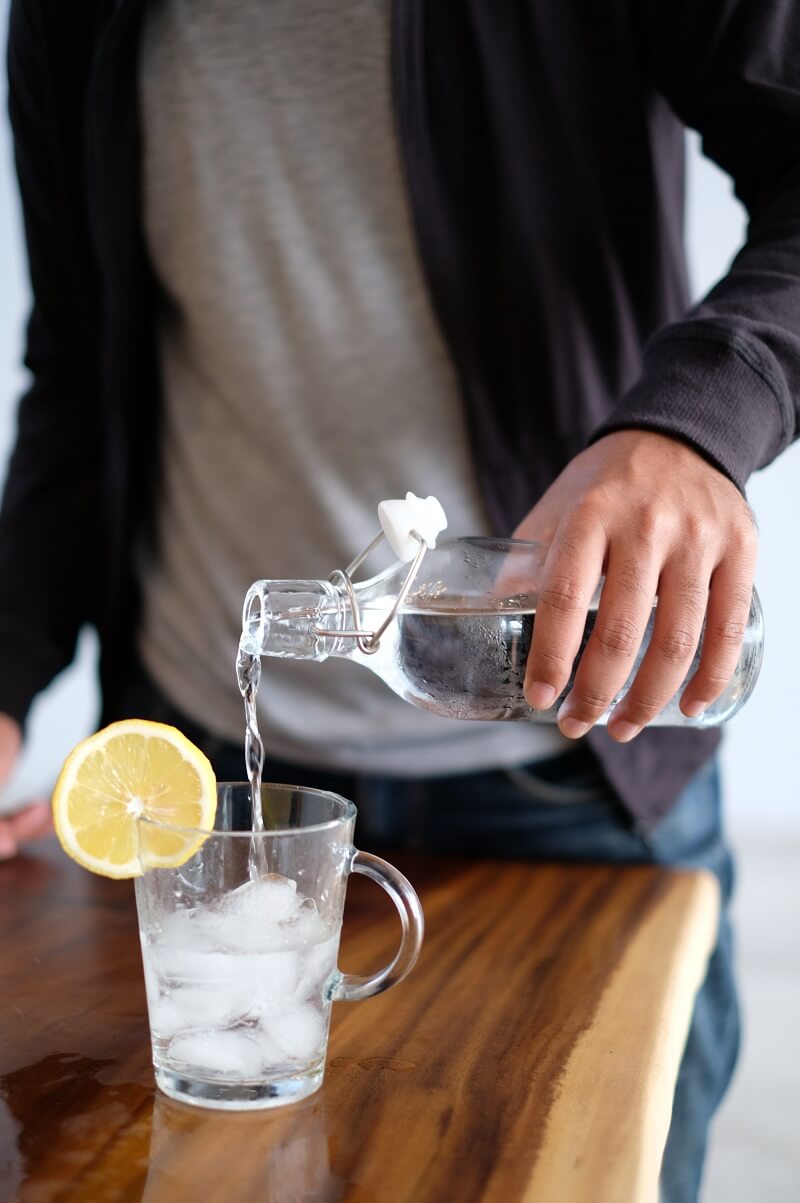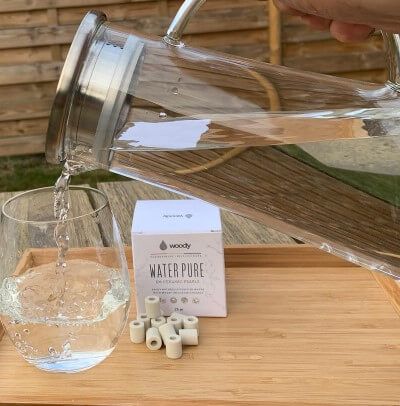For a long time now, we have known about water purification methods thanks to carafes such as BRITA, and there are also filtering bottles for when we are on the move.
These are much more environmentally friendly than disposable bottled water.
However, to be as zero waste as possible if you wish, there are other water filtration systems such as activated charcoal in sticks or ceramic beads which I will talk about in this blog. These are zero waste solutions that can be carried on a hike.
CONTENTS:
Ceramic beads: what are they?
How to use ceramic beads and to purify which water?
Advantages and disadvantages of ceramics beads to purify tap water
Finally... and most importantly, to find out more
1. Ceramic beads: what are they?
These "pearls" are in fact small tubes of very porous ceramic, made from a clay fired at over 1200°C.
The clays used are usually based on aluminium oxide (Al2O3).
When these tubes are placed in the water, they purify the water of heavy metals, fluorides, lime, chlorine and even some bacteria.
In doing so, they have a positive effect on the taste and smell of the water. These ceramics are inert and therefore not harmful to health.
The use of ceramic beads is a Japanese discovery. Or rather, it is a Japanese company (EMRO, or EM Research Organization) that has promoted this use, with a lot of marketing (by introducing, among other things, the name and protected trademark "EM")...
For the so-called "EM" tubes, the manufacturer explains that this clay is mixed before firing with a mixture of more than 80 different micro-organisms, chosen for their antioxidant and fermenting properties.
We explain here in detail how ceramic beads work scientifically (a must-read to better understand)

2. How to use ceramic beads and to purify which water?
Simple, just place your beads in the water you want to purify and let it settle.
For best results, you should clean them fairly regularly. Soak them in vinegar and water, then brush them and rinse them briefly with clean water.
The uses of ceramic beads are numerous and amazing:

Naturally filter your drinking water (tea, coffee) and also that of your fish in the aquarium.
Descaling of small appliances: kettle, coffee machine, etc.
Preserve flower bouquets for a longer period of time.
Reduce the amount of cleaning products used in the washing machine and dishwasher. (Preferably in a washing net so as not to lose them and damage your machine).
Ceramic beads save you a lot of money (unlike bottled water) and give your tap water a more pleasant taste and a better health quality.
3. Advantages and disadvantages of ceramics beads to purify tap water
| Benefits | Disadvantages |
| No disposable plastic waste | Cardboard packing box (unless purchased in bulk) |
| No need to change every x months | Is slightly noisy if the container is made of glass (bottle or carafe) |
| Can be easily carried in a water bottle for hiking or holidays | Be careful to keep them out of the reach of children |
Other water purification techniques exist: How to filter tap water naturally? Discover the best water purification techniques.
4. Finally... and most importantly, to find out more
Here is a shorter blog to explain the basics of ceramic beads. But feel free to check out our other topics:
- Does your tap water taste bad? Purify it with binchotan activated charcoal

